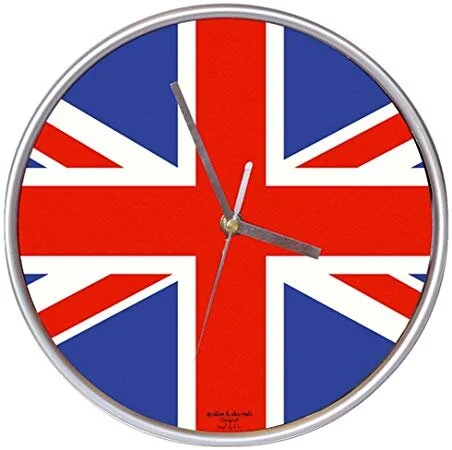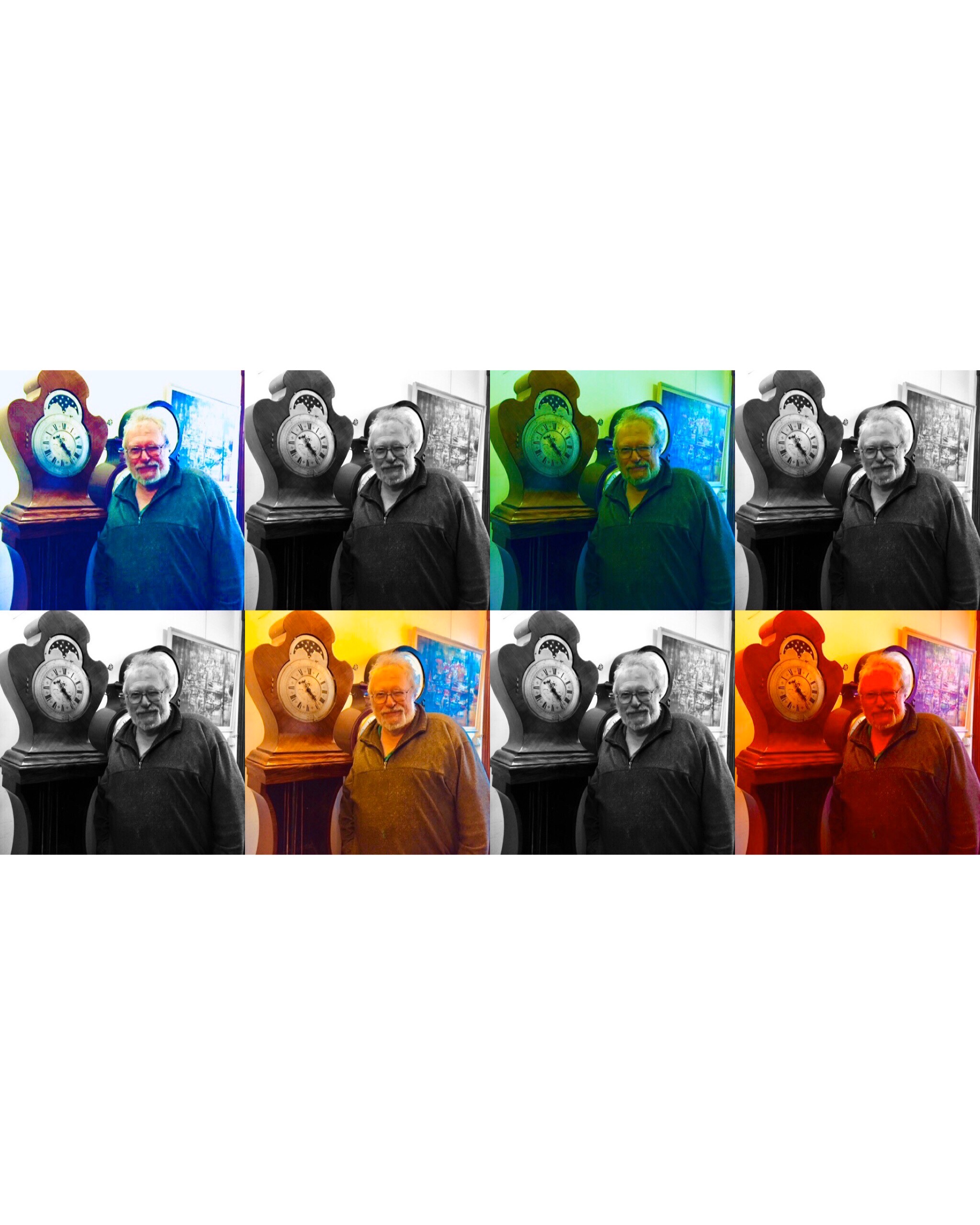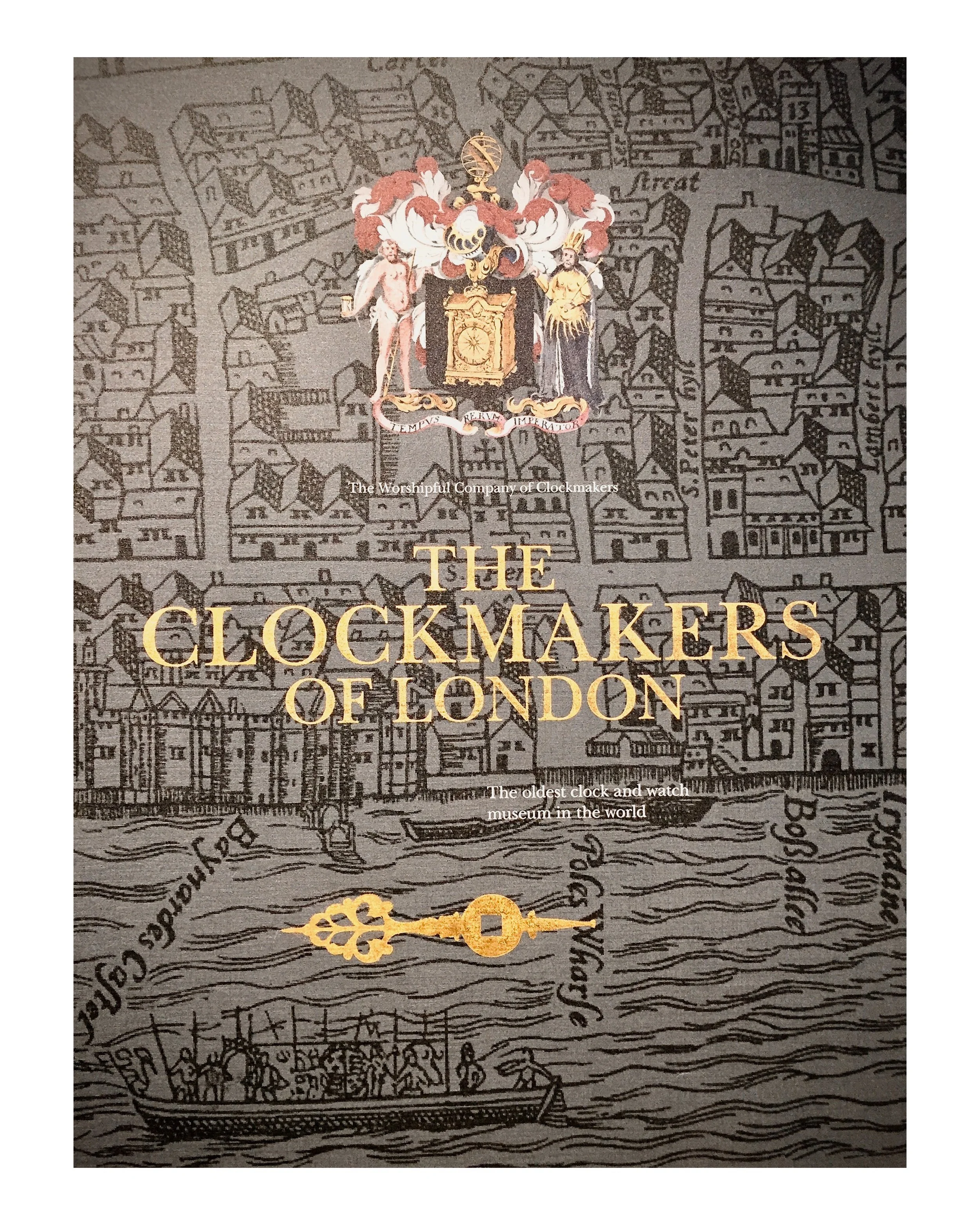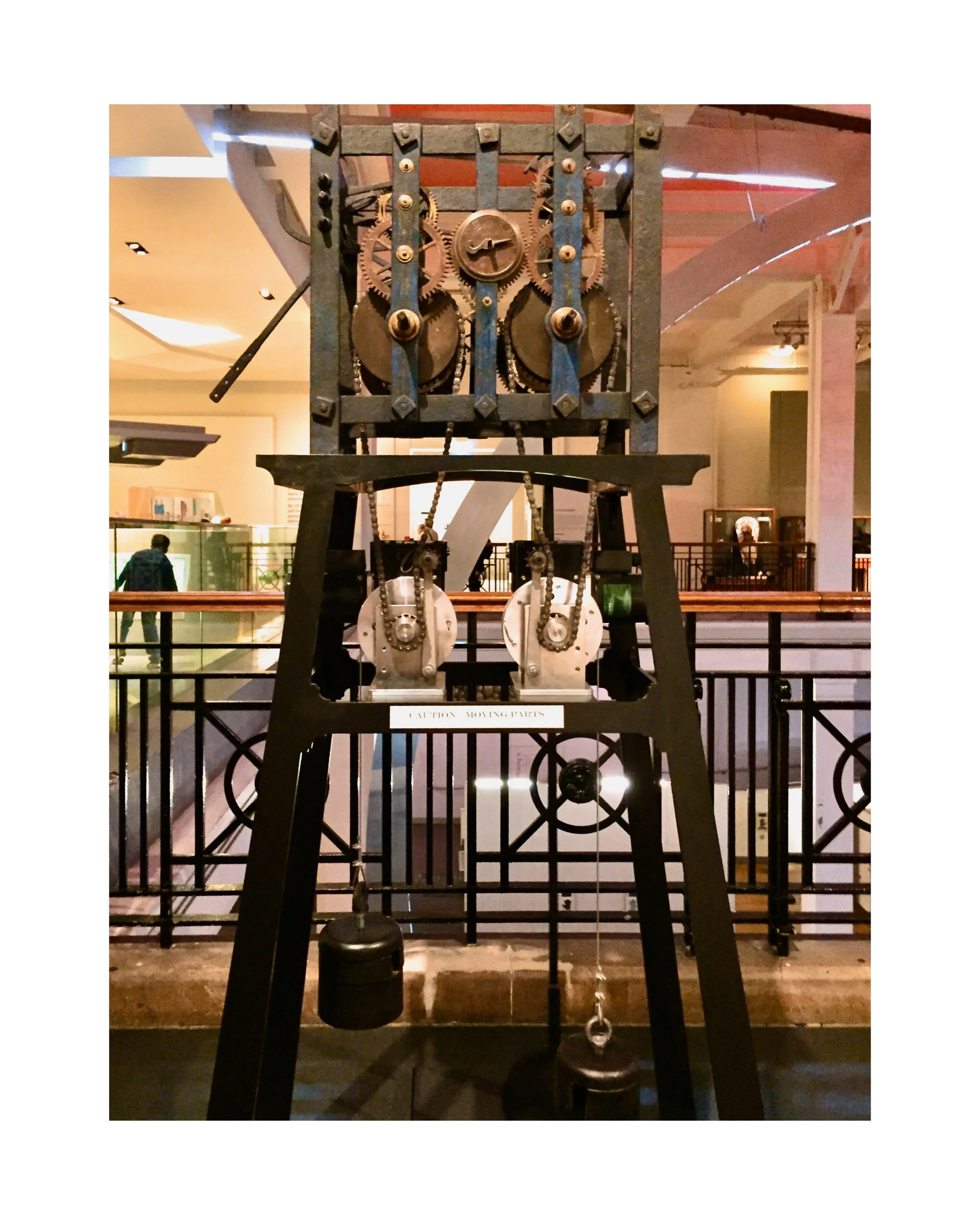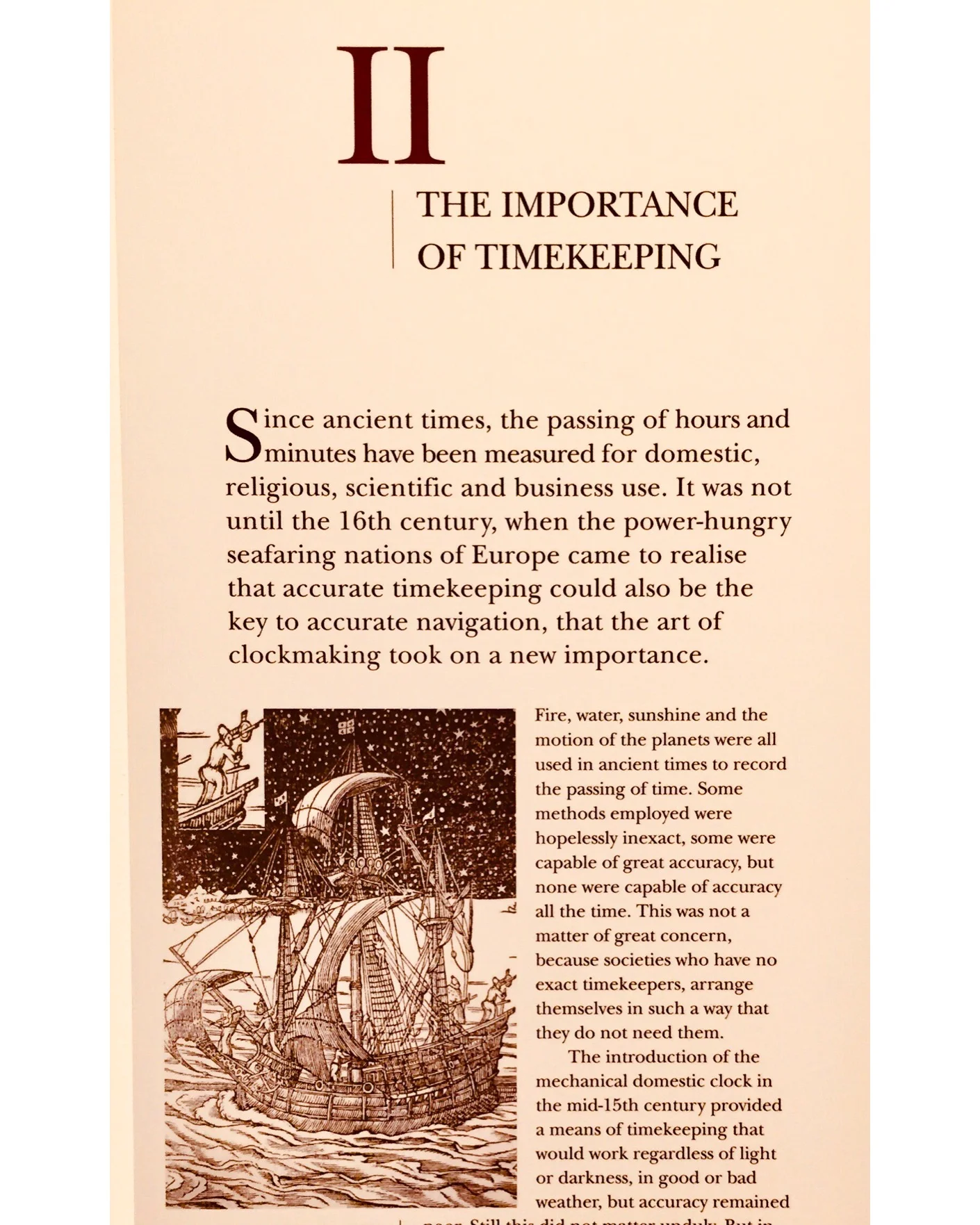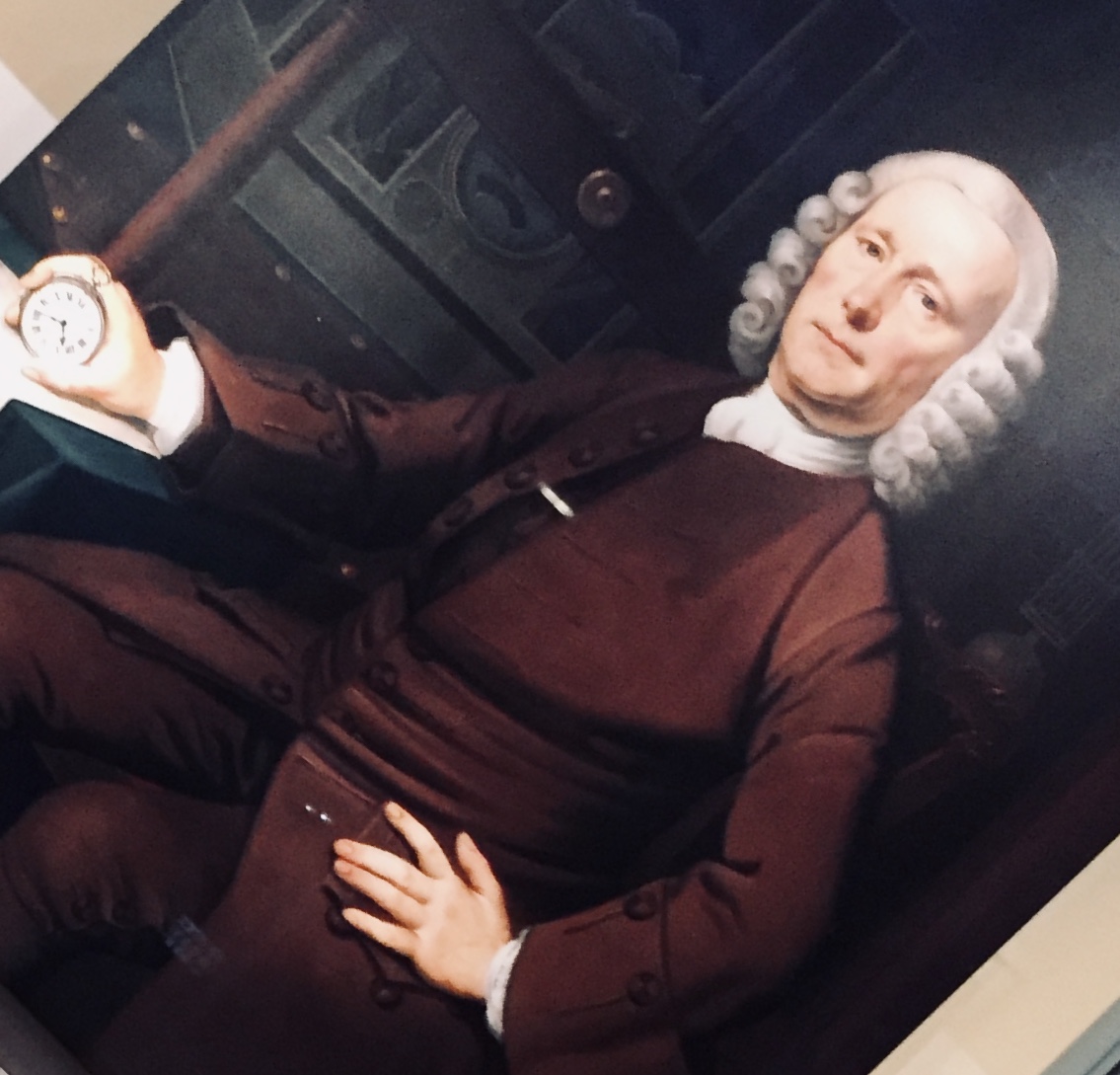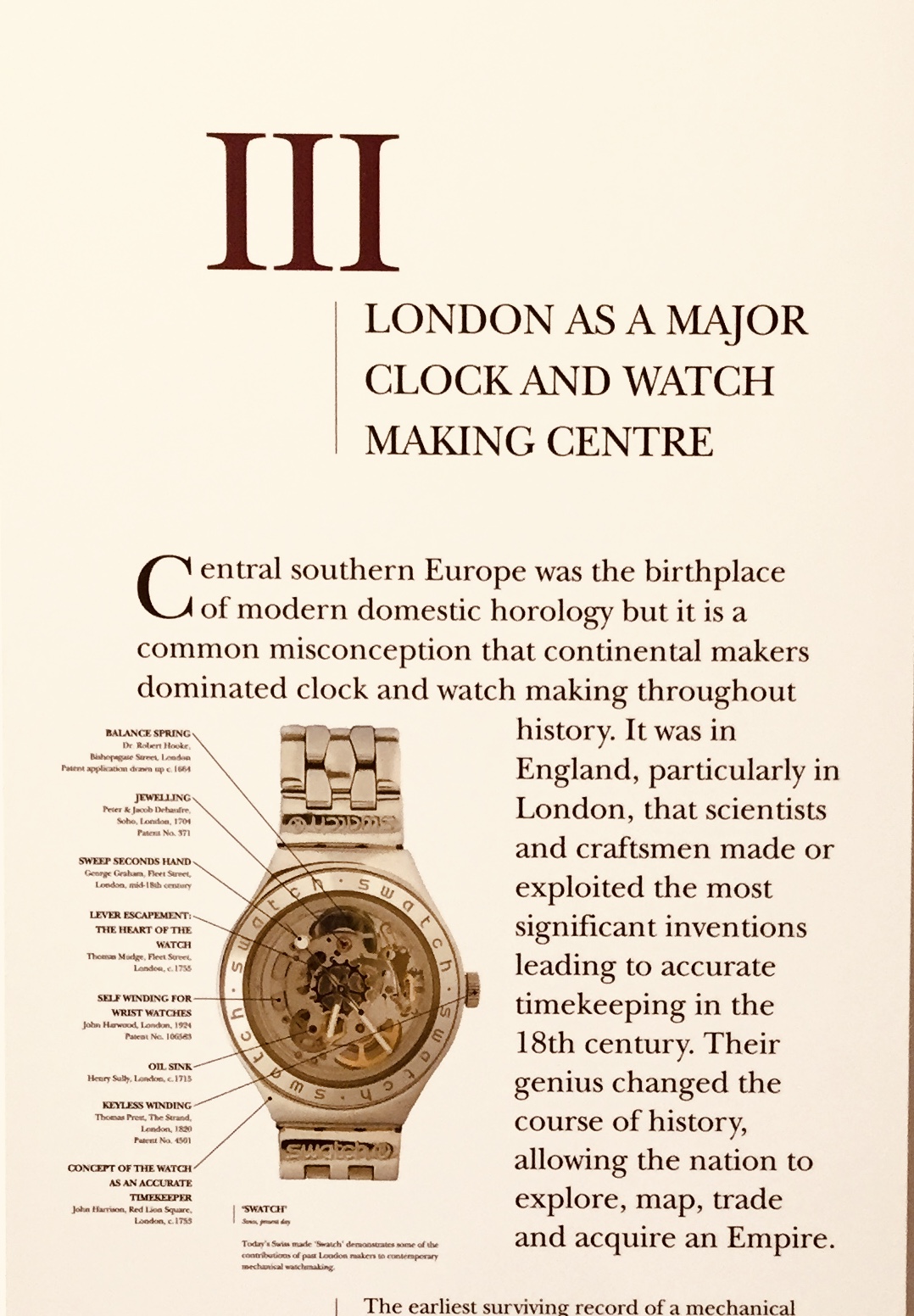Why do some clocks tick and tock? Why doesn’t Polly’s watch sound like Maria’s watch?
In our second Clocks episode, three intrepid Ear Snacks foreign correspondents invite us on a journey to jolly old England to find out what makes clocks tick! We learn the story of the word “clock”, how pendulums and other parts move inside a clock, and how the invention of clocks that work on boats changed the world.
Our pal Eilis Cahill has tea and steps INTO a clock in John Kendall’s Number Four clock repair shop. Andrew’s parents travel to the English countryside to meet Johnny Flower, a regulator clock expert who lives in a house full of clocks. And our pal Eliza Gregory pokes around the oldest collection of clocks and watches in the world in the Clockmakers’ Museum inside of London’s Science Museum.
Thanks so much to our fellow horologists who made this episode possible:
Clockmaker John Kendall at the Number Four Clock Shop in London
Johnny Flower at The Regulator Clock Company in Shropshire, England
The Worshipful Company of Clockmakers who maintain the collection at The Clockmakers’ Museum in London
Writer & actress Eilis Cahill
Artist & educator Eliza Gregory
Andrew’s parents, Joan & John Barkan
And HEY - since you like podcasts, take a minute to fill out the Kids Listen Listener Survey? It’ll help all the people making kids podcasts make better media for your kids - and all kids!
We hope this episode finds you and your family well in the new year. We’ll be putting a call out for new ways your kids can be on the last couple Clocks episodes, wax poetic on something they’re into, and help us figure out what the future of Ear Snacks could look like. If you haven’t yet, connect with us so we can keep you in the loop!
Ideas & Vocabulary in this episode:
“clokke” meant “bell”
pendulum
turret clock
regulator clock
John Harrison & marine chronometers for navigation
horology

